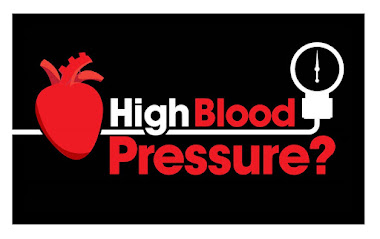High blood pressure, also known as hypertension, is a common and potentially dangerous health condition. According to the Centers for Disease Control and Prevention (CDC), about 45% of adults in the United States have high blood pressure, and it is estimated that about 1 in 3 adults worldwide have the condition. High blood pressure can lead to serious health problems such as heart disease, stroke, kidney failure, and vision loss. However, making healthy food choices can help to control blood pressure and reduce the risk of complications.
Normal blood pressure is defined as a systolic pressure of less than 120 mm Hg and a diastolic pressure of less than 80 mm Hg. Blood pressure is measured in millimeters of mercury (mm Hg) and is usually given as two numbers, such as 120/80 mm Hg. High blood pressure is diagnosed when a person has a systolic pressure of 130 mm Hg or higher and/or a diastolic pressure of 80 mm Hg or higher. It is important to note that blood pressure can vary throughout the day and can be affected by factors such as stress, physical activity, and medications.
One of the most important dietary factors for controlling blood pressure is reducing sodium intake. The American Heart Association (AHA) recommends limiting sodium intake to no more than 2,300 milligrams (mg) per day, with an ideal limit of no more than 1,500 mg per day for most adults. High sodium intake can cause the body to retain fluid, which can increase blood pressure. Some common sources of sodium in the diet include processed foods, canned foods, fast food, and restaurant meals.
In addition to reducing sodium intake, there are many other dietary factors that can help to control blood pressure. Eating a diet rich in fruits, vegetables, whole grains, lean protein, and healthy fats such as olive oil and nuts can help to reduce blood pressure. The DASH (Dietary Approaches to Stop Hypertension) diet is a well-studied eating plan that has been shown to lower blood pressure. This eating plan emphasizes fruits, vegetables, whole grains, lean protein, and low-fat dairy, and limits saturated fat, cholesterol, and sodium.
Some specific foods that are beneficial for blood pressure control include:
Berries: Berries are rich in antioxidants and polyphenols, which can help to reduce inflammation and improve blood vessel function. They are also low in sodium and calories, making them a great snack option.
Leafy greens: Leafy greens such as spinach, kale, and collard greens are high in potassium, which can help to counteract the effects of sodium on blood pressure. They are also rich in magnesium, which has been shown to lower blood pressure.
Whole grains: Whole grains such as oatmeal, quinoa, and brown rice are rich in fiber, which can help to lower blood pressure. They are also a good source of magnesium and potassium.
Fish: Fish such as salmon, tuna, and sardines are rich in omega-3 fatty acids, which can help to reduce inflammation and improve blood vessel function. They are also a good source of lean protein.
Low-fat dairy: Low-fat dairy products such as milk, yogurt, and cheese are a good source of calcium and vitamin D, which can help to lower blood pressure.
In conclusion, high blood pressure is a common health condition that can lead to serious complications if left untreated. Making healthy food choices, such as reducing sodium intake and eating a diet rich in fruits, vegetables, whole grains, lean protein, and healthy fats, can help to control blood pressure and reduce the risk of complications. It is important to consult with a healthcare provider to determine the best course of treatment for high







No comments:
Post a Comment